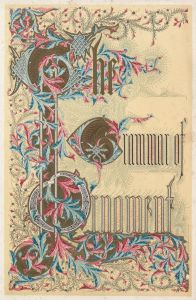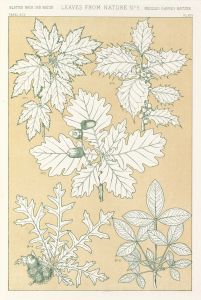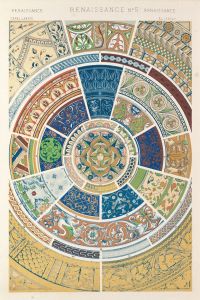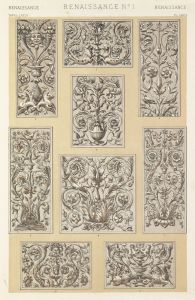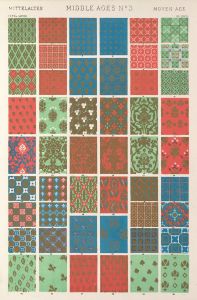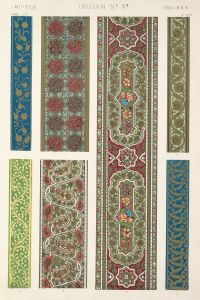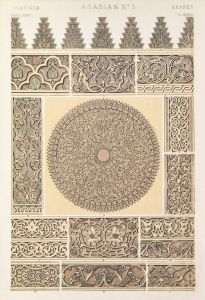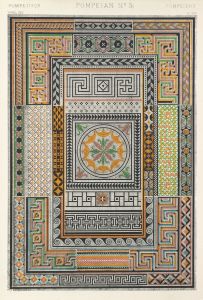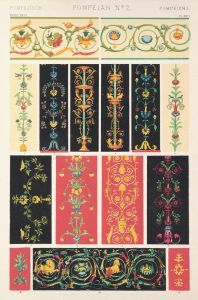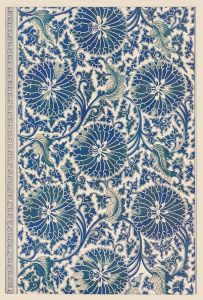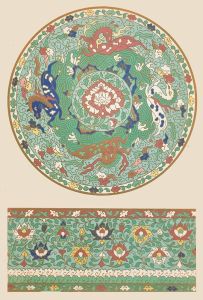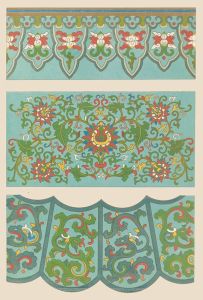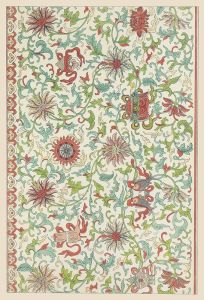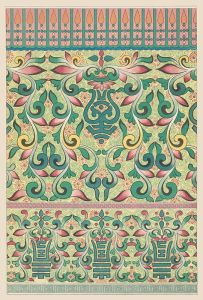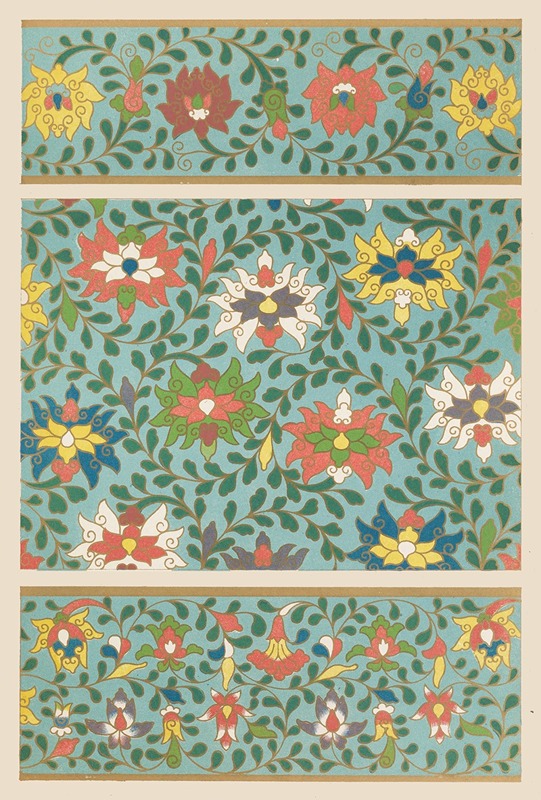
Examples of Chinese ornament, Pl.25
A hand-painted replica of Owen Jones’s masterpiece Examples of Chinese ornament, Pl.25, meticulously crafted by professional artists to capture the true essence of the original. Each piece is created with museum-quality canvas and rare mineral pigments, carefully painted by experienced artists with delicate brushstrokes and rich, layered colors to perfectly recreate the texture of the original artwork. Unlike machine-printed reproductions, this hand-painted version brings the painting to life, infused with the artist’s emotions and skill in every stroke. Whether for personal collection or home decoration, it instantly elevates the artistic atmosphere of any space.
"Examples of Chinese Ornament, Pl. 25" is a design plate created by Owen Jones, a prominent British architect and designer of the 19th century. This plate is part of his influential work The Grammar of Ornament, first published in 1856. The book is a comprehensive study of decorative arts and design principles from various cultures around the world, aiming to serve as a resource for artists, designers, and architects. It is considered one of the most important design reference books of the Victorian era.
Owen Jones was deeply interested in the decorative traditions of different cultures, and his work reflects a commitment to documenting and analyzing these styles with precision and respect. Plate 25 specifically focuses on Chinese ornamentation, showcasing motifs and patterns inspired by traditional Chinese art and design. The illustrations in this plate are characterized by their intricate geometric patterns, floral designs, and vibrant use of color, which are hallmarks of Chinese decorative art. These designs were likely drawn from historical Chinese artifacts, textiles, ceramics, or architectural elements that Jones studied.
In The Grammar of Ornament, Jones emphasized the importance of understanding the principles behind decorative styles rather than merely copying them. He admired the harmony, balance, and symbolic meaning often found in Chinese ornamentation. His work aimed to inspire contemporary designers to incorporate these principles into their own creations while respecting the cultural origins of the designs.
Jones's documentation of Chinese ornamentation in this plate reflects the 19th-century European fascination with Asian art and design, a trend often referred to as "Chinoiserie." However, unlike many of his contemporaries, Jones sought to present these designs in an educational and systematic manner, avoiding the overly romanticized or exoticized interpretations common at the time.
The illustrations in Plate 25, like the rest of the plates in The Grammar of Ornament, were created using chromolithography, a then-modern printing technique that allowed for the reproduction of vibrant, multi-colored images. This method enabled Jones to faithfully capture the vivid colors and intricate details of the original designs, making his work both visually striking and highly informative.
Owen Jones's The Grammar of Ornament remains a significant resource in the study of design history, and Plate 25 serves as a valuable example of how Chinese decorative art was perceived and appreciated in the 19th century.





